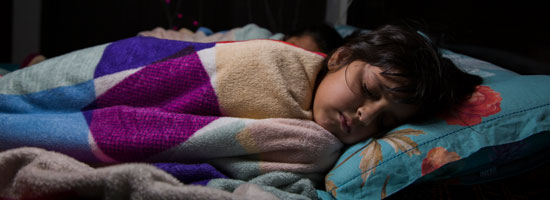MONDAY, March 12 (HealthDay News) — Children with the most common type of leukemia now have a dramatically better chance of survival, a new study shows.
The researchers found five-year survival rates among children with acute lymphoblastic leukemia (ALL) increased from about 84 percent to 90 percent from 1990 to 2005. Surviving for five years is considered a cure because so few deaths occur past that time frame.
“We’re talking about a disease that was incurable 50 years ago,” said study author Dr. Stephen Hunger. “Now we see a 90 percent cure rate. That’s pretty remarkable.”
The study is published in the March 12 online issue of the Journal of Clinical Oncology.
Hunger, a professor of pediatrics at the University of Colorado School of Medicine and director of the Center for Cancer and Blood Disorders at Children’s Hospital Colorado, said the clinical trials have helped doctors refine their use and dosage of drugs, resulting in greater survival rates. For example, one type of corticosteroid was found to be more effective than another drug in the same class, he said.
ALL is a rare blood or bone-marrow cancer, but it still is the most common form of childhood leukemia. Between 2,800 and 3,000 new cases are diagnosed every year in the United States, Hunger said.
Leukemia, the most common childhood cancer, occurs when the body produces too many abnormal white blood cells, resulting in harm to the immune system and symptoms such as bruising, frequent infections and diarrhea. The acute form progresses quickly if not treated with chemotherapy.
The cause of ALL is not known, but risk factors include having a sibling with leukemia or having had chemotherapy or radiation treatment for some other condition.
The study, done at the University of Colorado, found that the increased survival rate held for all racial and ethnic groups, both sexes, and for all age groups except infants younger than 1 year old. Survival rates improved as the study proceeded. Read more…











